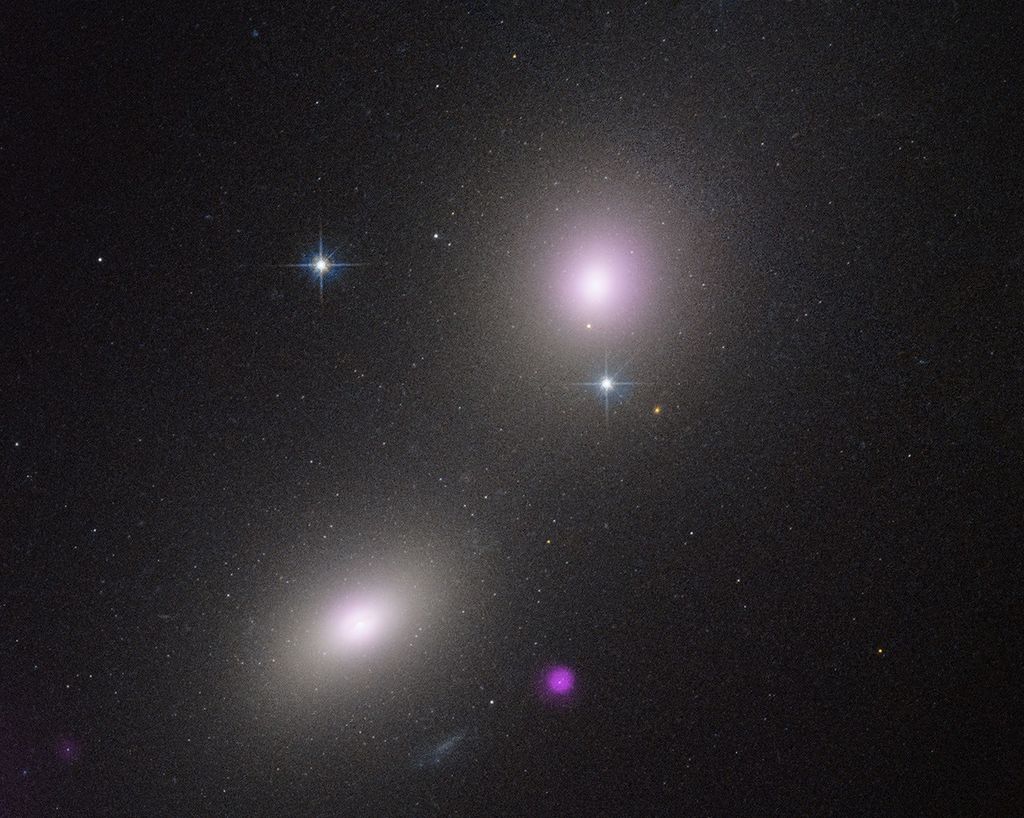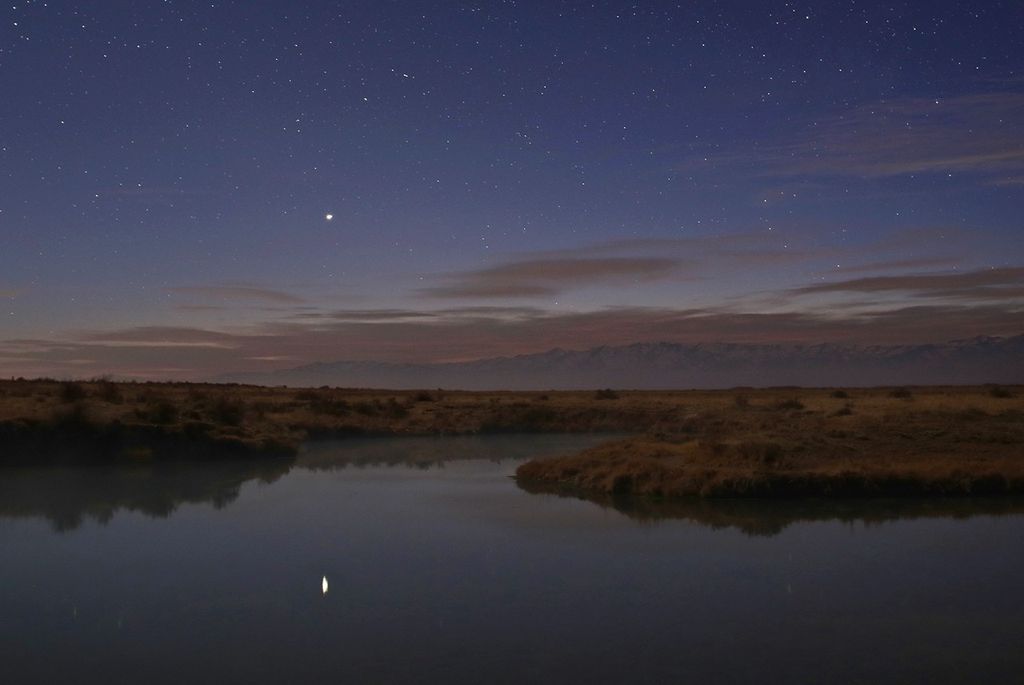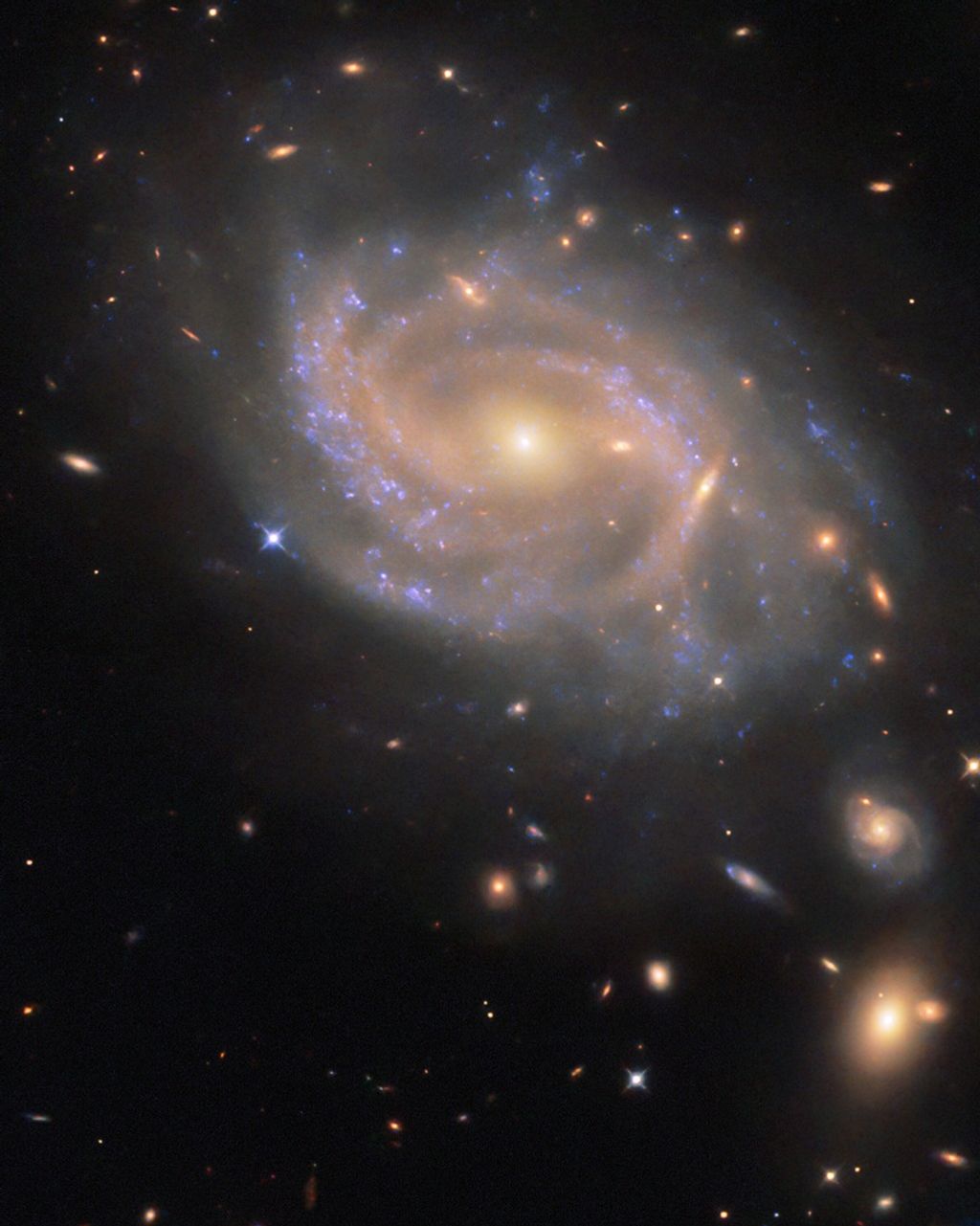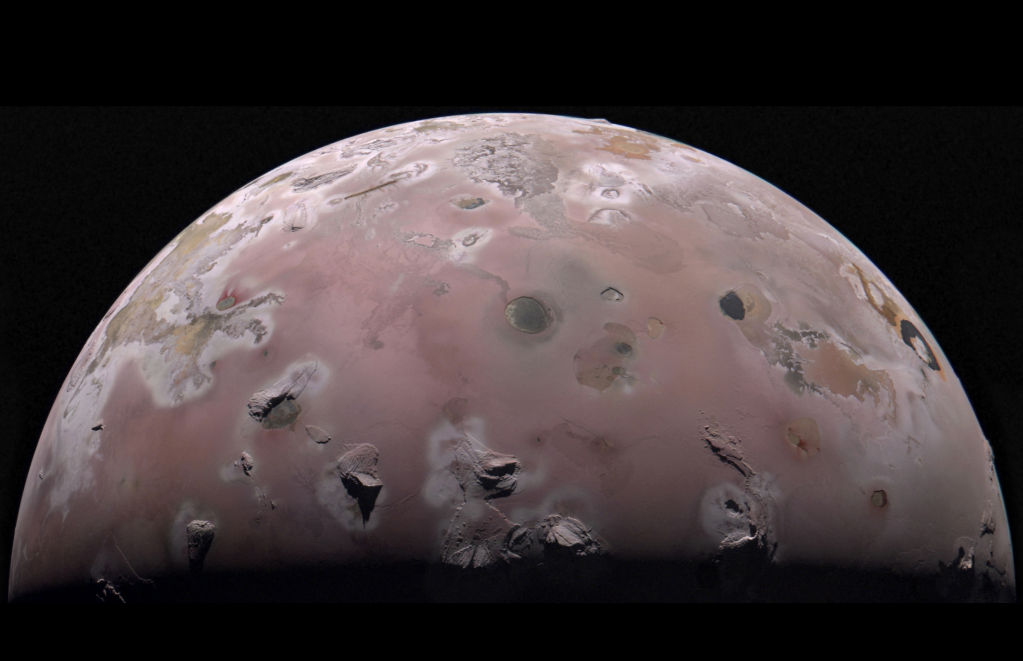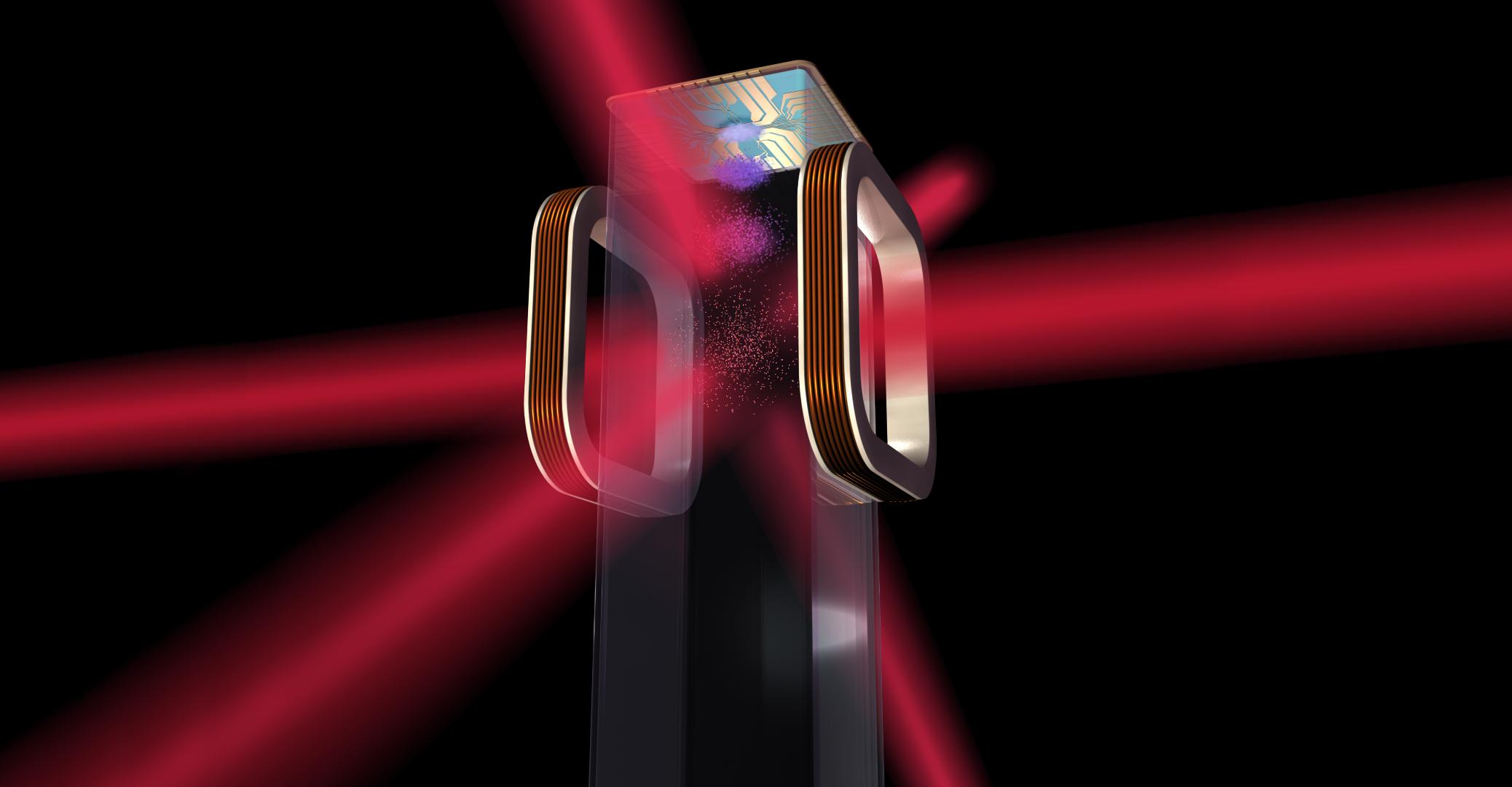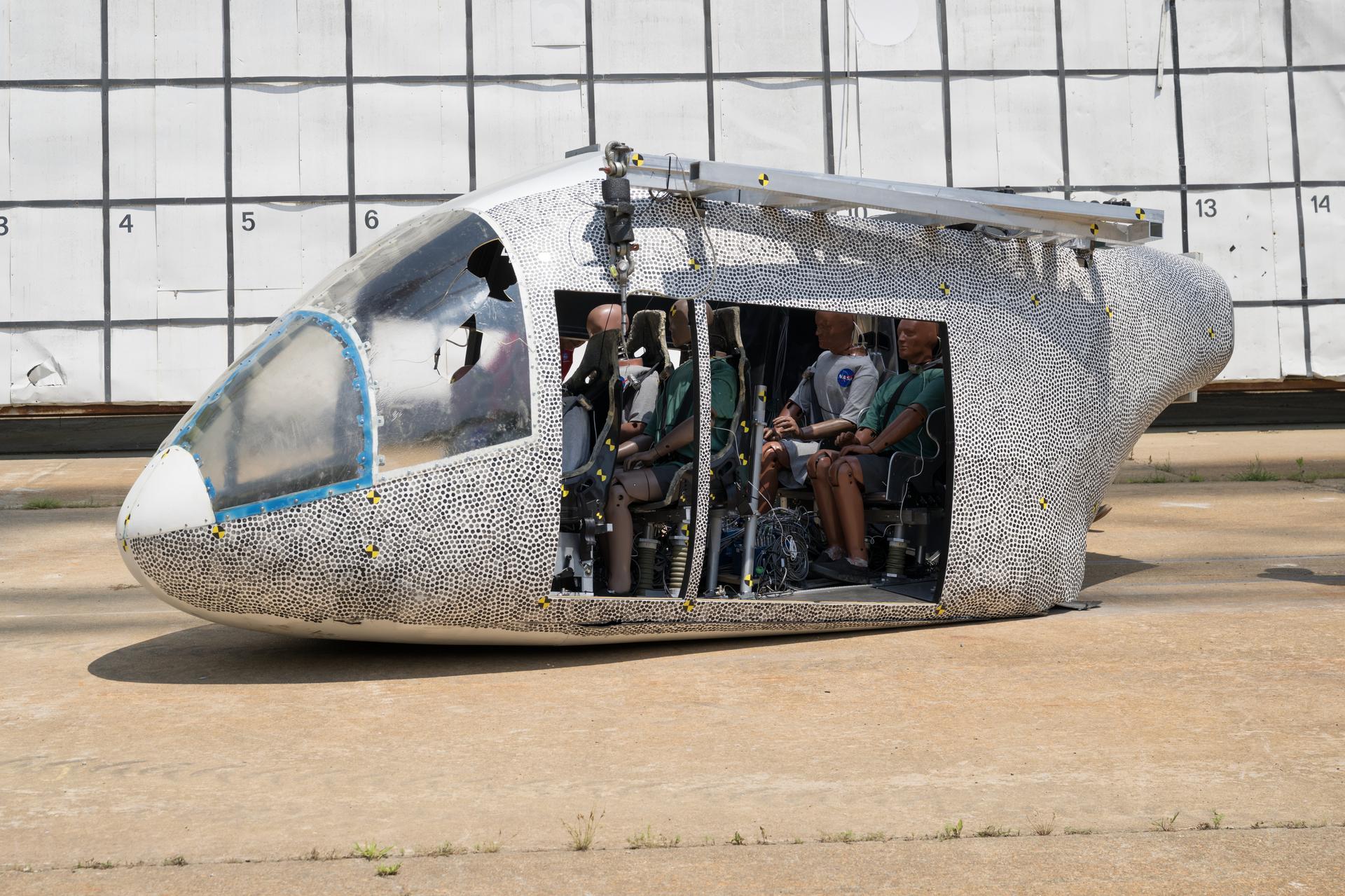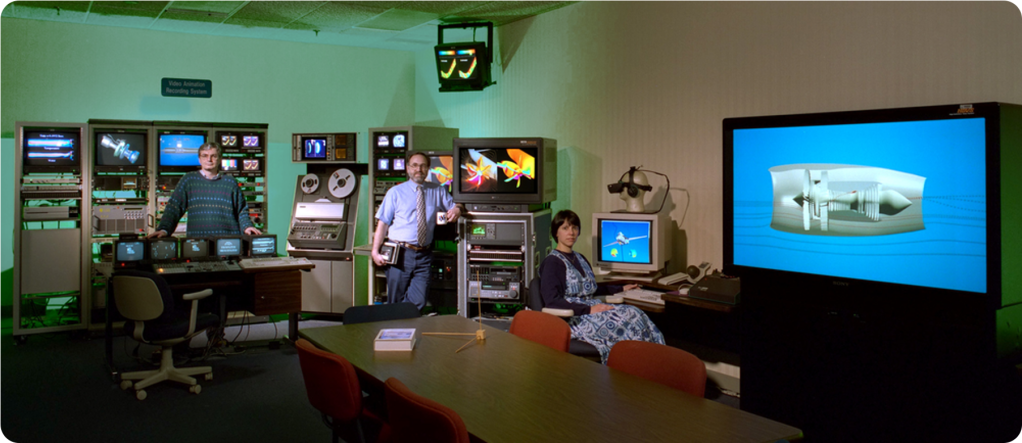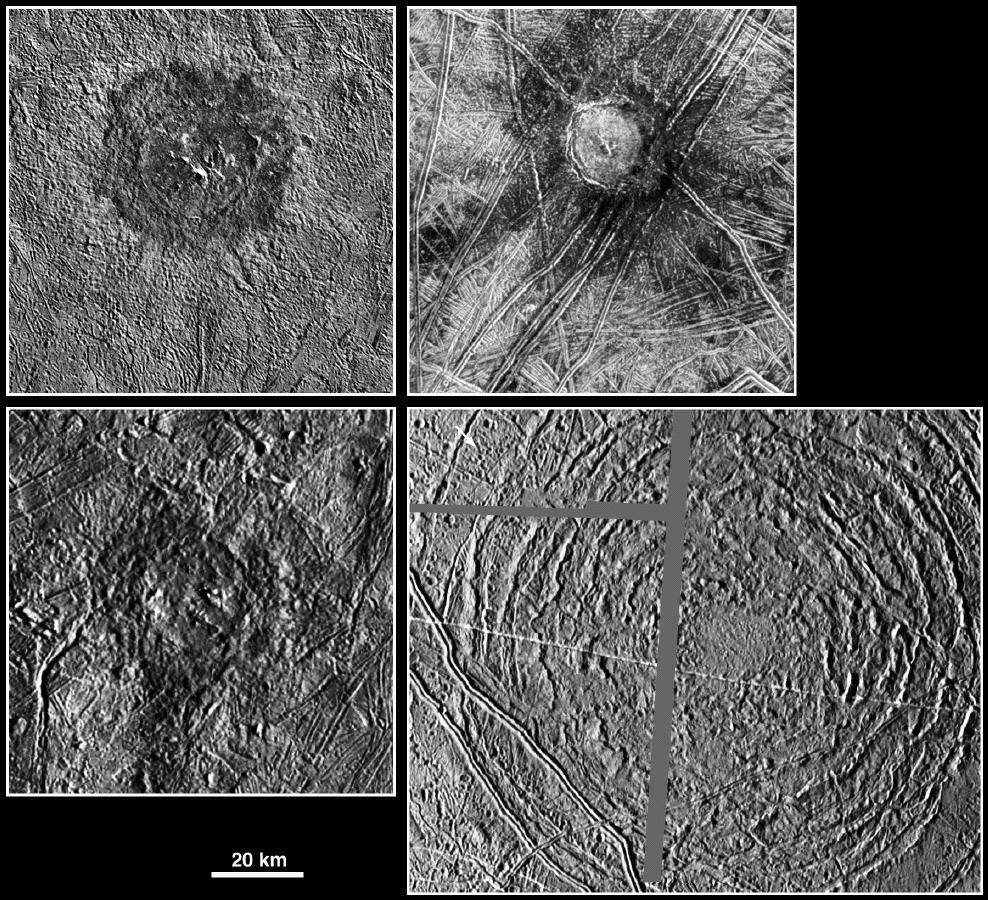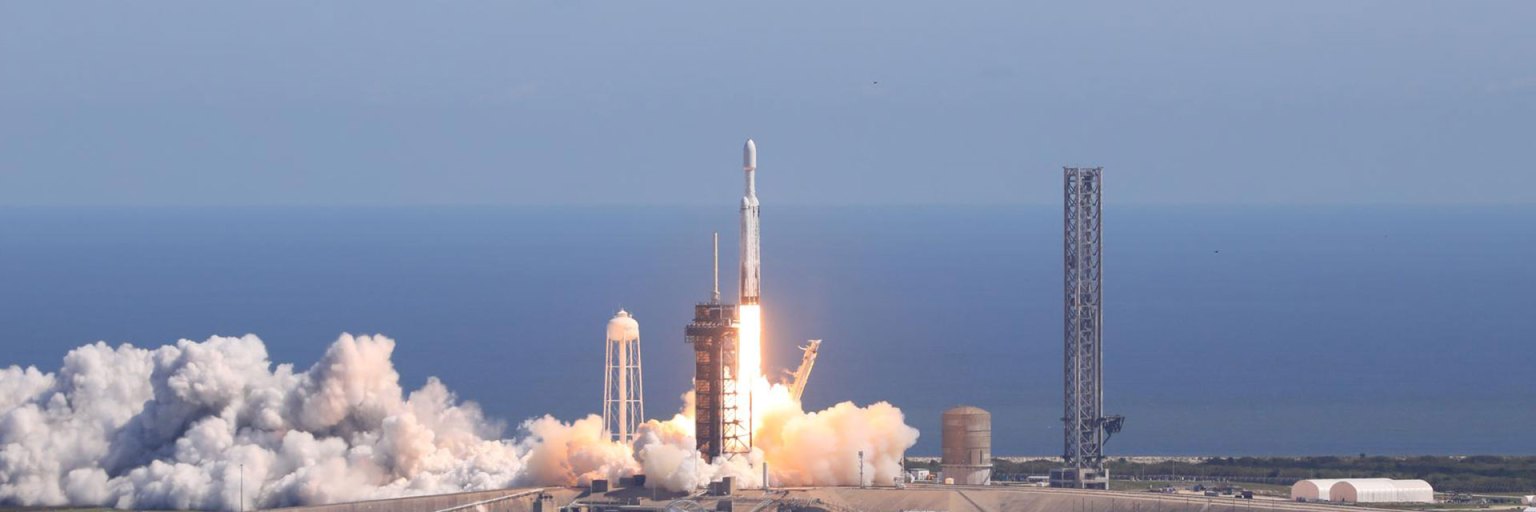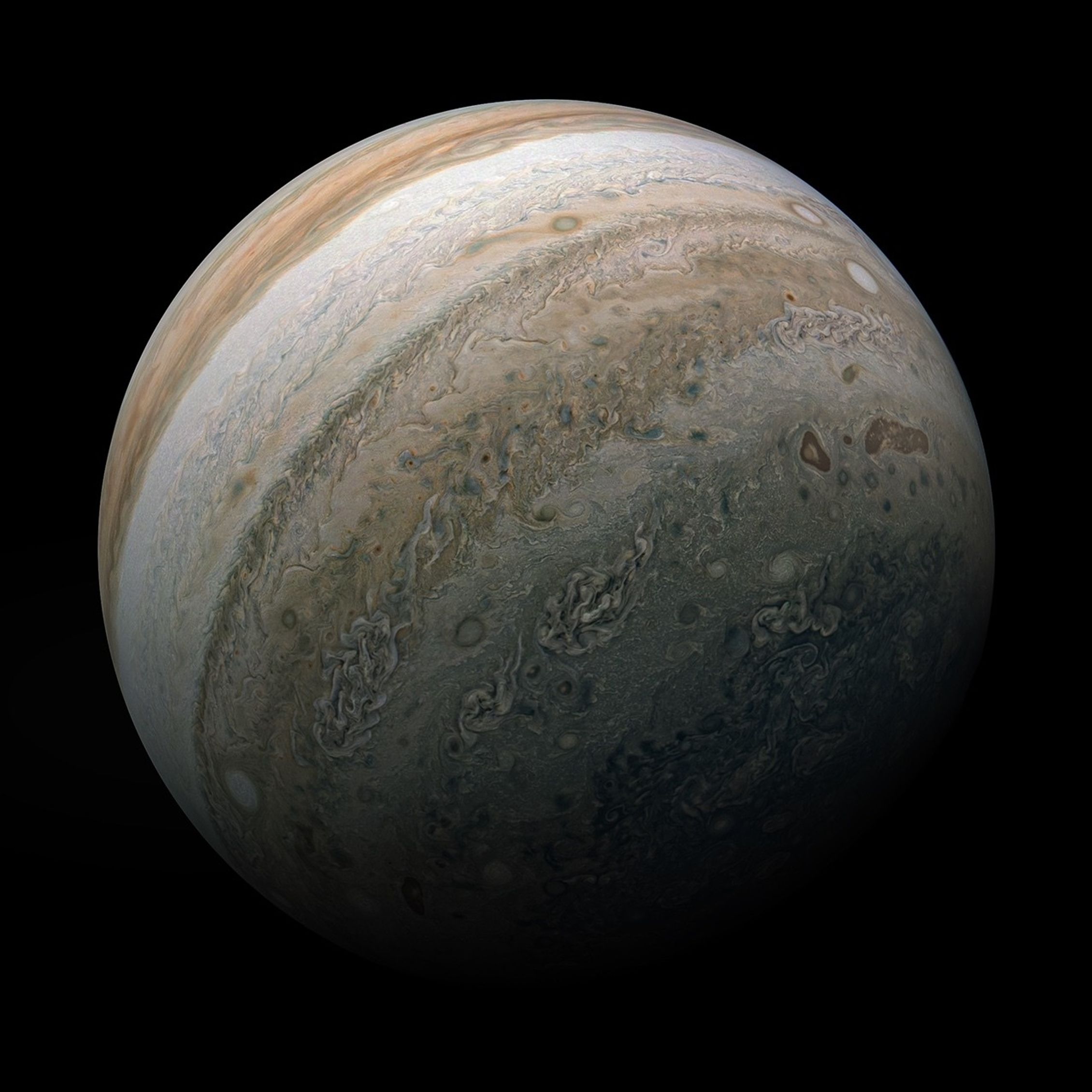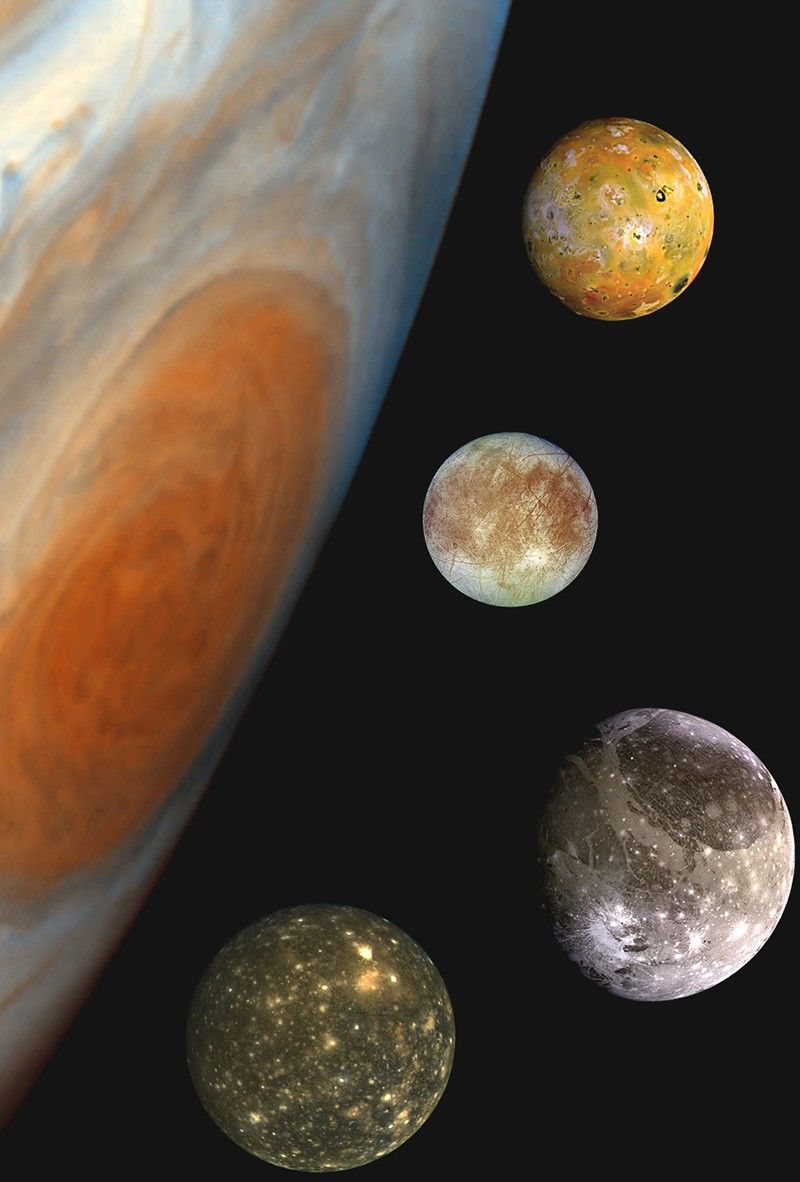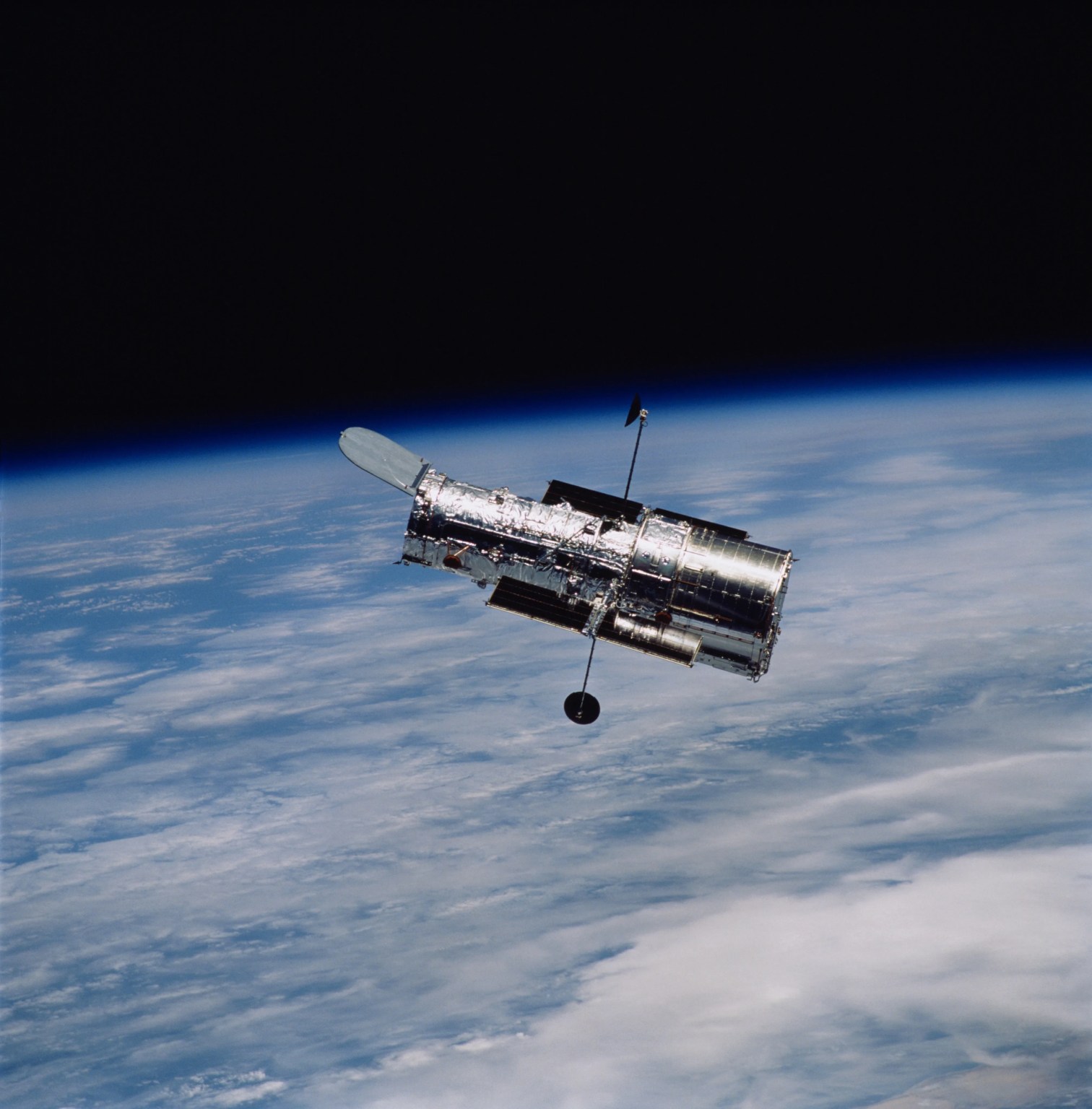Downloads
The picture compares four large impact structures on Jupiter's icy moon, Europa. Clockwise, from top left, are Pwyll, Cilix, Tyre, and Mannann'an. Impact structures with diameters of more than 12 miles (20 kilometers) are rather rare on Europa. Tyre is most unusual. While the effective crater, which is somewhat larger than the prominent large bull's eye feature, is about 25 miles (40 kilometers) across, the entire structure is much larger. The concentric rings display relatively little relief. Some of the smaller craters near Tyre were formed by material ejected by and then redeposited from the impact which formed Tyre. One hypothesis for such characteristics is that the impactor which formed Tyre penetrated through an icy crust into a less brittle layer. While Pwyll, Cilix, and Mannann'an also display shallow crater depths for their size, they more closely resemble similar sized craters on two neighboring moons of Jupiter, Ganymede and Callisto. Perhaps the impactor did not punch through the upper crust during these events. This might have been the case if the impacting body was smaller or weaker than in the case of Tyre or if the crust was thinner at the location of Tyre during the impact event.
North is to the top of the picture. The Sun illuminates the surfaces from the right, except for Tyre, where the Sun illuminates the surface from the left. The horizontal and vertical grey lines in the Tyre mosaic indicate gaps in the data received for this image. The Pwyll image was taken on Dec. 16, 1997, Cilix on May 31, 1998, Tyre on March 29, 1998, and Mannann'an on March 29, 1998. All images were taken by the Solid State Imaging (SSI) system on NASA's Galileo spacecraft.

